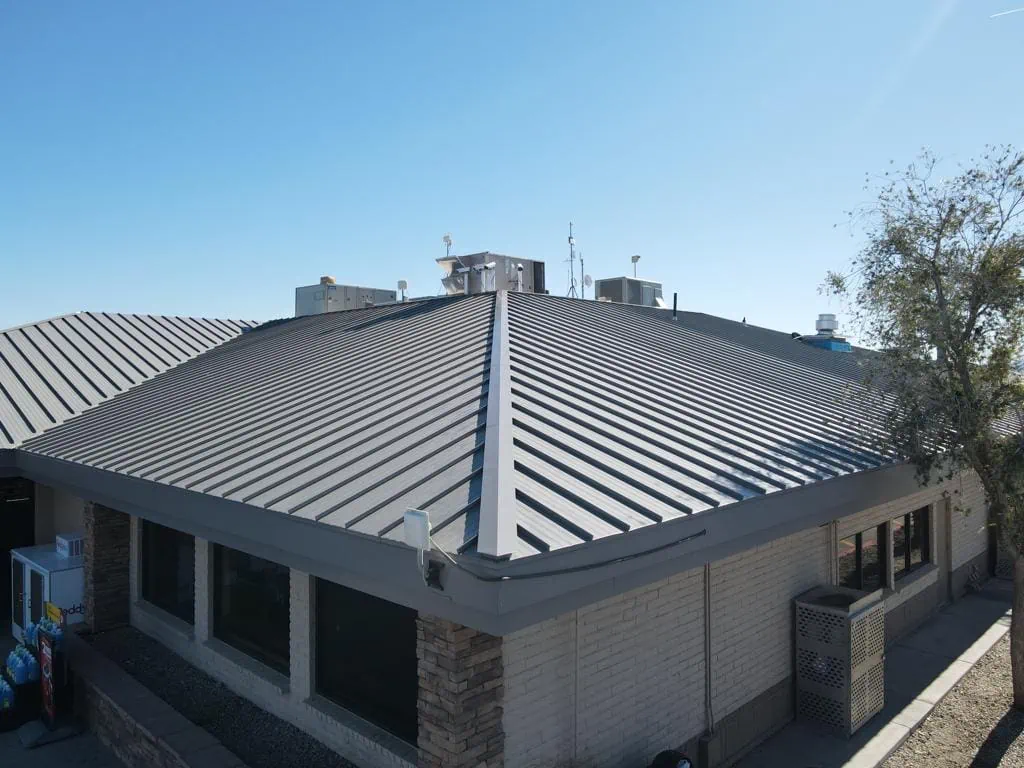
Spray Foam Roofing Problems
November 2, 2023
Protecting Your Property: Tackling Spray Foam Roofing Problems
Spray foam roofing, a cutting-edge solution for modern structures, is a specialized roofing system that offers remarkable benefits. It serves as a seamless and highly efficient insulating layer while also providing a durable and waterproof protective surface for your building. Despite these advantages, there are significant spray foam roofing problems that can’t be ignored.
Roofing issues can be financially and structurally burdensome. In this blog, we delve into the nuances of spray foam roofing, examining the common problems that can plague it. By understanding these challenges and taking proactive measures, you can ensure the longevity and effectiveness of your roofing investment.
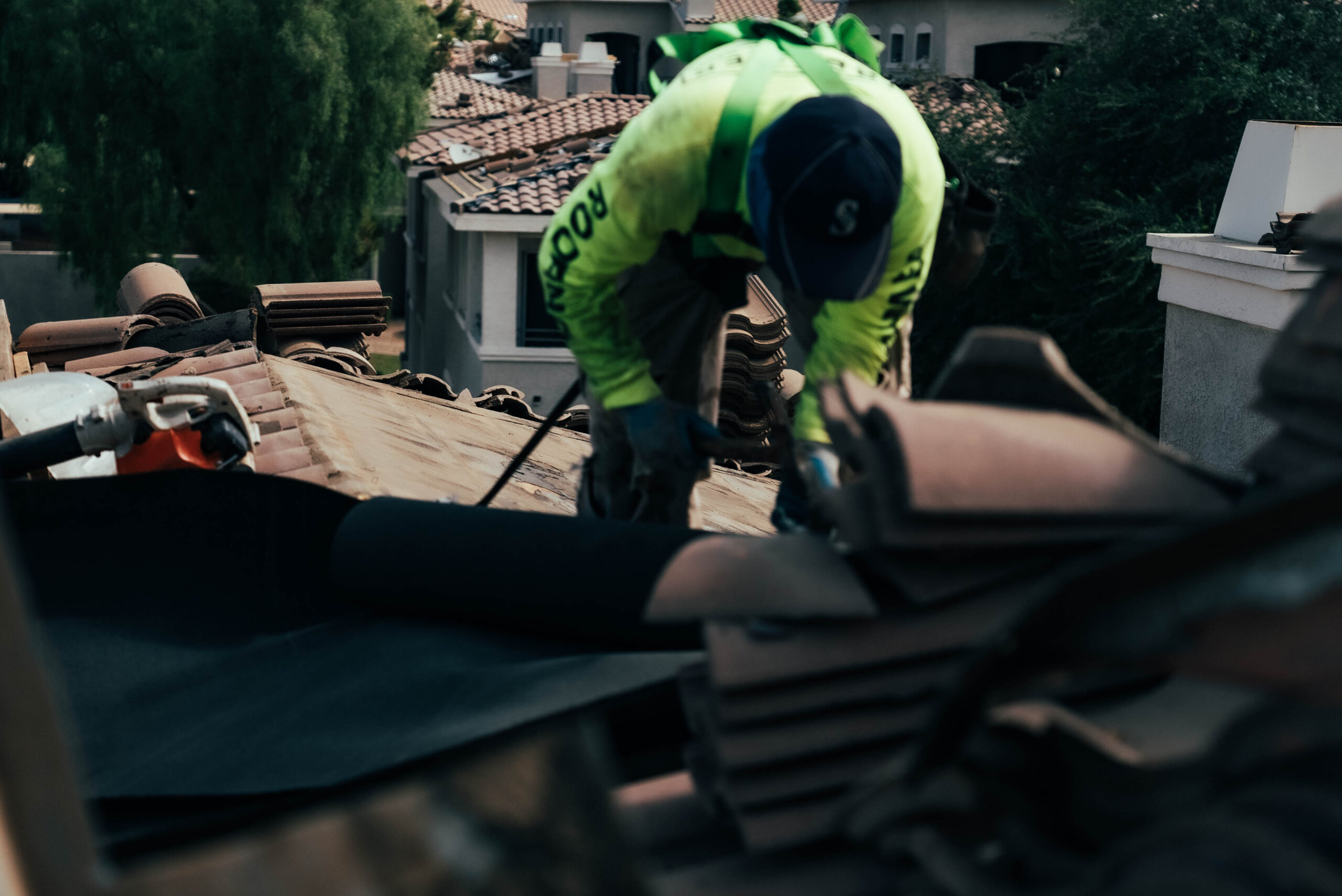
What is Spray Foam Roofing?
Spray foam roofing involves the application of a special foam material to create a seamless, insulated surface on a building’s roof. This roofing method offers several key benefits.
Benefits of Spray Foam Roofing
First, spray foam roofing provides exceptional insulation, effectively sealing and insulating your building from extreme temperatures. This helps reduce energy costs.
Additionally, spray foam roofing is incredibly durable. It can withstand harsh weather conditions, including strong winds, heavy rains, and even hail. This durability translates to a longer lifespan for your roof, reducing the need for frequent repairs or replacements.
The seamless nature of spray foam roofing also means fewer seams or joints that could potentially develop leaks. This, coupled with its waterproof properties, significantly reduces the risk of water penetration, a common issue in many other roofing types.
Spray foam roofing is versatile and suitable for various applications. It can be used on flat or low-sloped roofs in both residential and commercial settings. This versatility, coupled with its exceptional insulation and durability, makes it an attractive choice for property owners seeking an energy-efficient and long-lasting roofing solution.

A Comprehensive Look at Spray Foam Roofing Problems
When it comes to spray foam roofing, a variety of problems can arise that property owners need to be aware of. There are several types of spray foam roofing problems that can impact the performance, durability, and energy efficiency of your roofing system.
This includes issues related to moisture, UV exposure and degradation, poor installation, aging, weight and structure, and maintenance.

Spray Foam Roofing Problems: Moisture-Related Issues
Moisture-related issues are a persistent concern when it comes to spray foam roofing. These problems can lead to significant challenges, including water leakage and condensation.
Water leakage often occurs when the roofing system is compromised. This can happen due to improper installation, damage, or aging. When water seeps through, it can cause structural damage, interior water stains, and even mold growth, posing a threat to the building’s integrity and occupant health.
Condensation issues stem from temperature differentials. If warm, moist air inside the building meets the cool, insulated surface of the spray foam roofing, it can condense. Over time, this condensation can accumulate, leading to dampness, mold growth, and a reduction in the roof’s effectiveness.
Regular inspections, proper installation, and ensuring adequate ventilation within the building are key measures in preventing and mitigating these issues. Addressing these moisture-related problems is vital to maintaining the longevity and functionality of spray foam roofing.
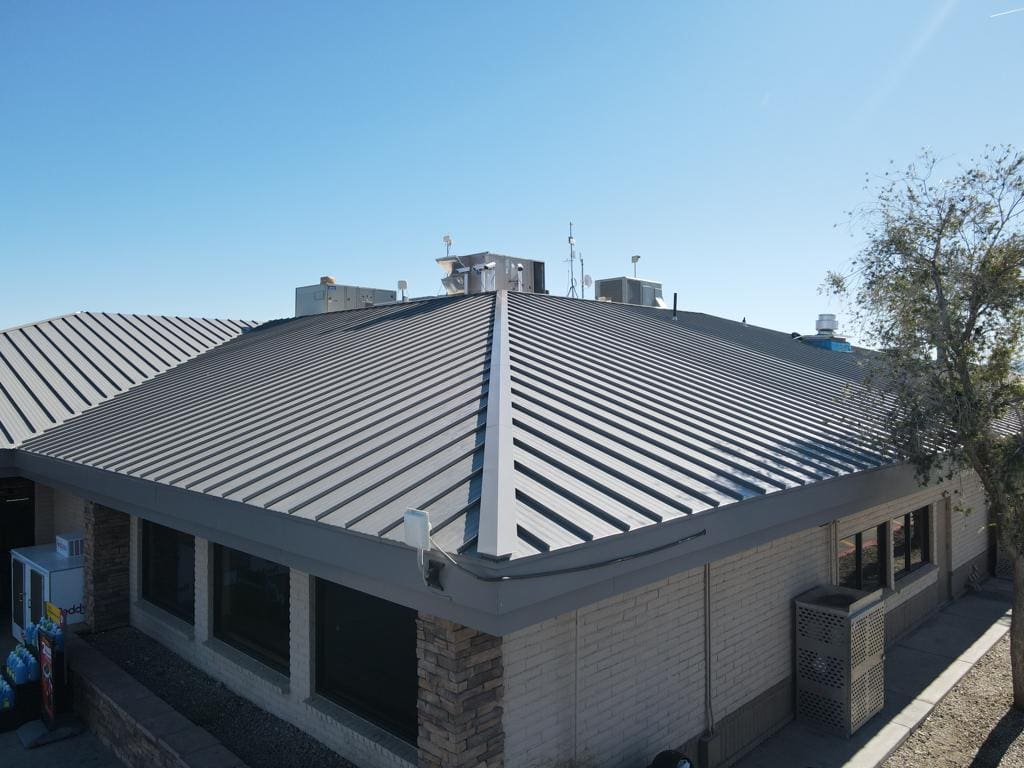
Spray Foam Roofing Problems: UV Exposure and Degradation
Exposure to ultraviolet (UV) rays from the sun can be a significant issue for spray foam roofing. Over time, UV exposure can lead to the degradation of the roofing material. This is especially relevant in regions with high sun exposure.
UV rays cause the surface of the spray foam roofing to break down. This degradation can manifest in the form of chalking, where the surface becomes powdery, and the material loses its protective properties. As a result, the roof may lose its waterproofing capabilities and become more susceptible to water penetration.
The effects of UV exposure can also lead to discoloration and reduced energy efficiency. The once-white surface may turn yellow or brown, reflecting more heat and increasing cooling costs. This deterioration can ultimately compromise the longevity and functionality of the roofing system.
To counter the adverse effects of UV exposure, periodic inspections and the application of protective coatings can help extend the life of spray foam roofing. Understanding how UV rays impact the material is crucial for property owners looking to address and prevent common problems associated with this roofing type.

Spray Foam Roofing Problems: Poor Installation
Issues related to poor installation and workmanship can be a recurring challenge with spray foam roofing. When this roofing system isn’t installed correctly, it can lead to a range of problems that undermine its performance and durability.
Improper installation may result in gaps, seams, or voids in the spray foam, allowing water to infiltrate the roofing system. This can lead to water leakage, causing structural damage and compromising the building’s integrity.
Inadequate workmanship can also affect the thickness and uniformity of the foam layer, leading to variations in insulation quality and energy efficiency. Such irregularities can result in higher energy bills and reduced comfort within the building.
Regular inspections and maintenance can help catch problems early and rectify them before they escalate. By understanding the importance of proper installation and workmanship, property owners can avoid common spray foam roofing problems that stem from these factors.

Spray Foam Roofing Problems: Material and Aging
Material issues and aging play a critical role in the challenges faced by spray foam roofing. Over time, the materials used in this roofing system can deteriorate, resulting in various issues.
The foam itself can experience shrinkage and cracking, which leads to an uneven surface and diminished insulating properties. This can reduce the energy efficiency of the building and increase heating and cooling costs.
The protective coating on the spray foam roofing can also wear down due to weather conditions and exposure to UV rays. As this coating degrades, it loses its ability to keep water out, making the roof vulnerable to leaks.
Mitigating these problems requires routine inspections to identify signs of material aging and wear. Addressing these issues quickly is essential for property owners seeking to extend the lifespan of their roofs.
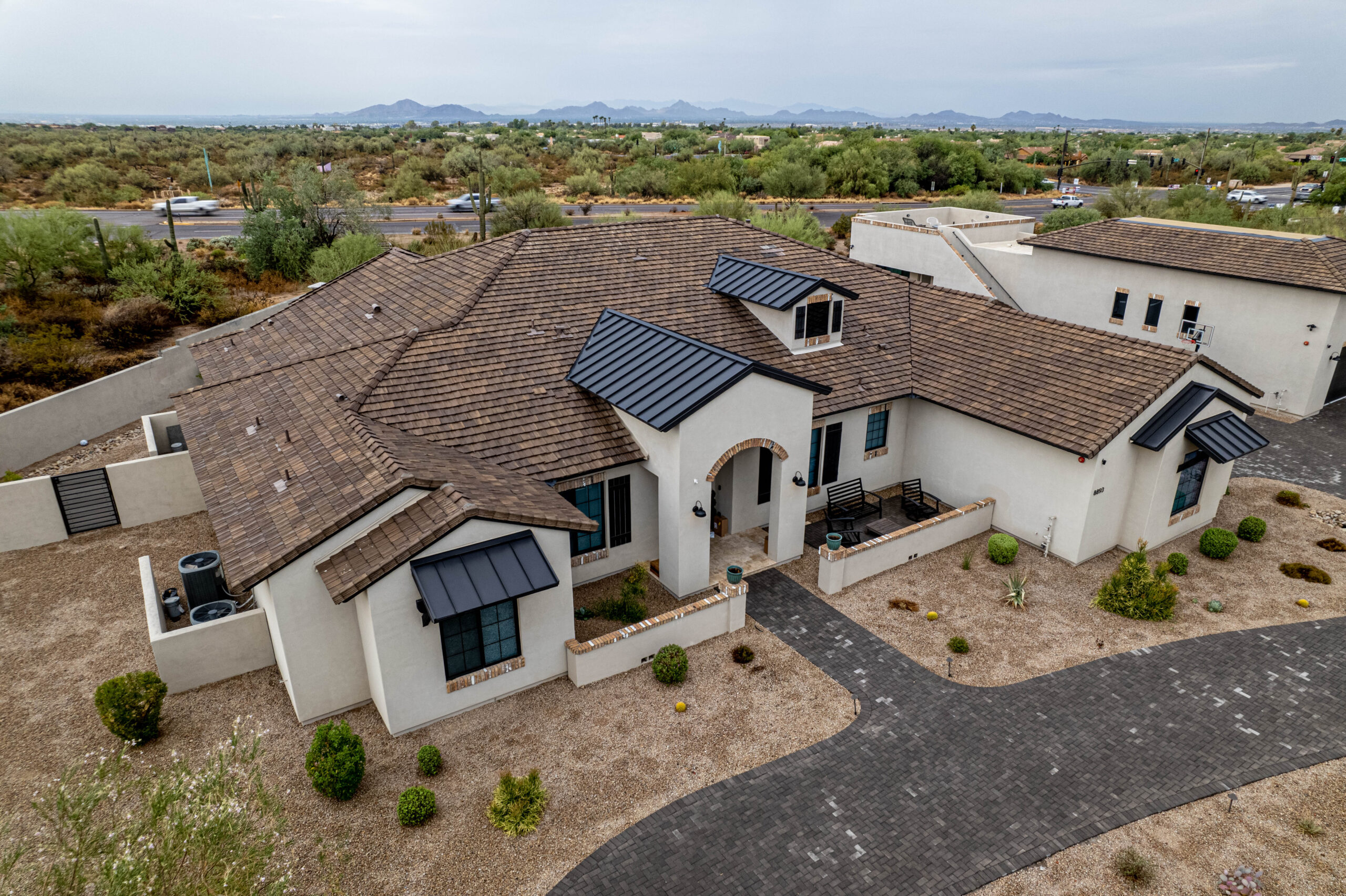
Spray Foam Roofing Problems: Weight and Structure
Weight and structural concerns are important aspects to consider when dealing with spray foam roofing. While this roofing system is generally lightweight compared to traditional options, it’s crucial to assess whether your building’s structure can support the additional load.
Spray foam roofing, when applied, creates a uniform layer across the roof. This layer, while not particularly heavy, adds to the load that the building’s structure must bear. If the existing structure is not designed to support this added weight, it can lead to structural issues such as sagging or even damage.
To address these concerns, it’s essential to have a structural analysis performed before applying spray foam roofing. This analysis ensures that the building can safely accommodate the roofing system. Additionally, ongoing structural inspections are advisable to identify any signs of stress or overloading that may develop over time.
By understanding and addressing these weight and structural concerns, property owners can avoid common problems associated with spray foam roofing.
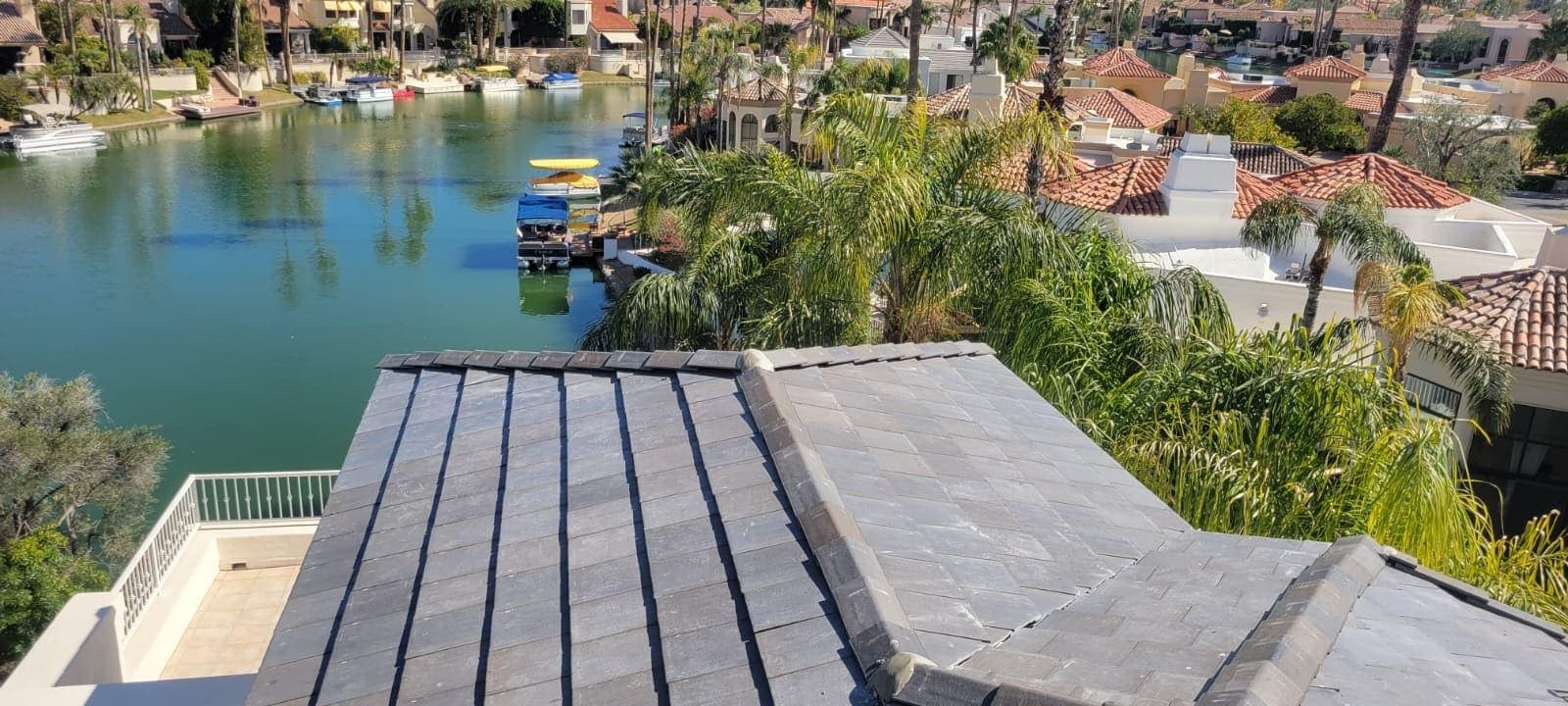
Spray Foam Related Problems: Maintenance
Maintenance challenges are a significant aspect of spray foam roofing. While this roofing system offers several advantages, it requires vigilant upkeep to ensure its longevity and performance.
One common challenge is the need for regular inspections. Due to its seamless nature, issues such as water penetration or material degradation may not be immediately visible. Routine inspections are crucial to catch and address problems early.
Moreover, the coating on spray foam roofing can wear down over time. It’s essential to apply protective coatings periodically to maintain its waterproofing properties and UV resistance. Failure to do so can lead to water leakage and material degradation.
Addressing maintenance challenges also includes the removal of debris and ensuring that the roof’s drainage system remains unobstructed. Proper maintenance practices help prevent common problems and extend the lifespan of your spray foam roofing.
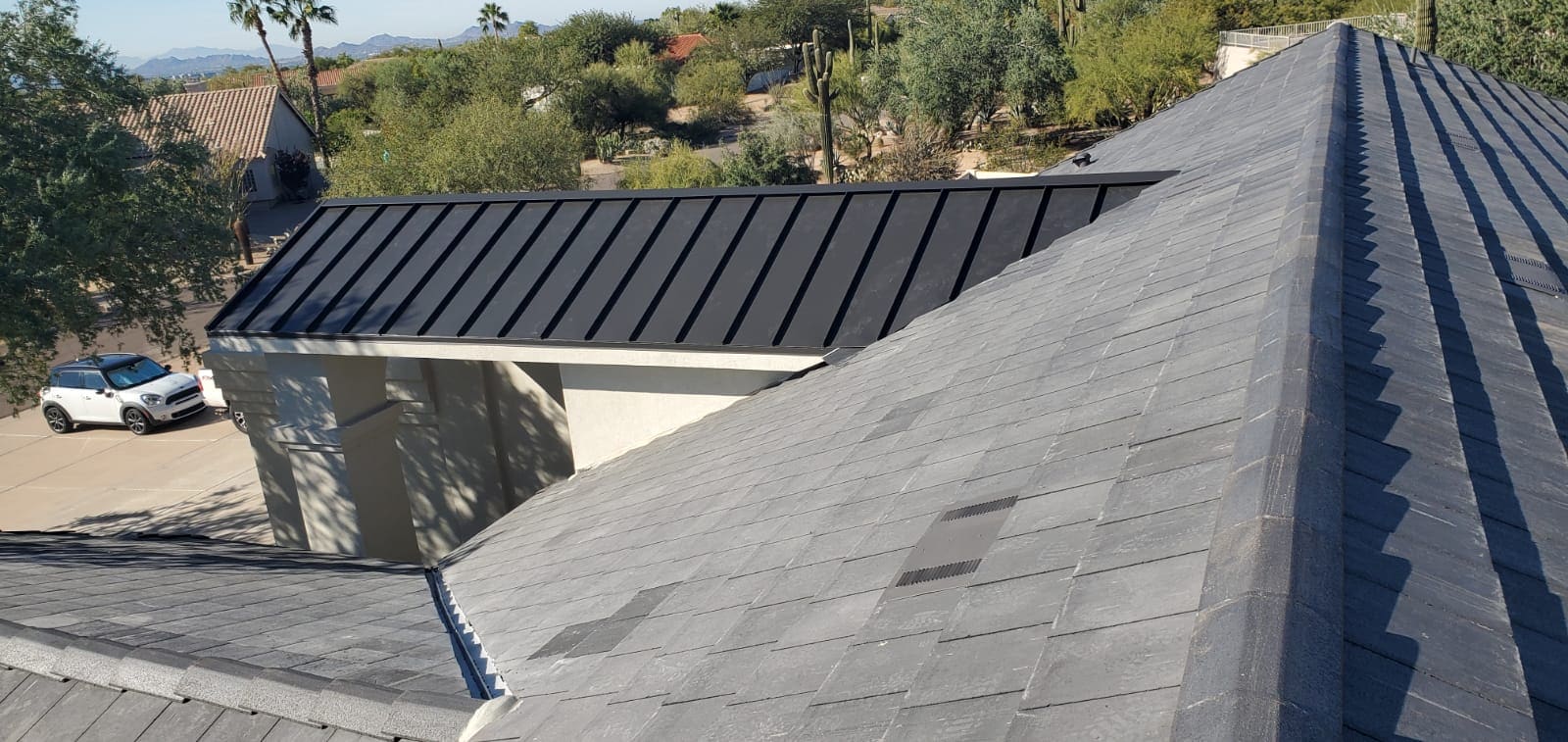
Detect, Prevent, and Repair: Managing Spray Foam Roofing Problems
Detecting and preventing spray foam roofing problems are essential steps in ensuring the longevity and effectiveness of this roofing system. Several key measures can help property owners in this regard.
Regular inspections and maintenance are at the core of preventing issues. Inspections should be conducted at least twice a year, ideally in the spring and fall, to identify any emerging problems. Professional inspectors can assess the roof’s condition, looking for signs of damage, material wear, or water infiltration.
Recognizing signs of trouble is equally crucial. These may include water stains on interior ceilings, visible cracks or gaps on the roof’s surface, discoloration, or an increase in energy costs. Addressing these signs promptly can prevent minor problems from escalating into major issues.
Prevention
Preventative measures can go a long way in maintaining a healthy spray foam roofing system. Applying protective coatings, maintaining proper drainage, and keeping the roof clean from debris are all important steps to prevent common problems. Moreover, ensuring that the building’s structure can support the roofing load is vital to prevent structural issues.
Incorporating these practices into a routine maintenance plan is a wise strategy for property owners. By understanding the importance of inspections, recognizing signs of trouble, and taking preventative measures, they can effectively detect and prevent spray foam roofing problems.

Repair
In cases where issues have emerged, it’s important to assess whether a DIY approach or professional assistance is needed. DIY repairs can address minor concerns such as small cracks. However, for more significant problems like water leakage or extensive damage, it’s advisable to engage a professional with expertise in spray foam roofing.
Professional repairs often involve identifying the root cause of the issue, whether it’s poor installation, material degradation, or structural concerns. Addressing the underlying problem is key to preventing future reoccurrences.
Cost
Cost considerations are another important aspect. The cost of repair and remediation can vary depending on the severity of the issue. However, investing in timely and effective repairs is usually more cost-effective in the long run compared to extensive damage and subsequent replacements.
By understanding the options for repair and remediation, you ensure that your spray foam roofing problems are efficiently addressed, protecting both your investment and the integrity of your building.

Safeguarding Your Investment: Addressing Spray Foam Roofing Problems
All in all, addressing spray foam roofing problems is essential for the well-being of your building and the longevity of your roofing investment. By understanding the common challenges associated with spray foam roofing, such as moisture-related issues, UV exposure, and structural concerns, property owners can take proactive measures to prevent and mitigate these issues.
Regular inspections, proper maintenance, and prompt detection of signs of trouble are fundamental in preventing minor problems from escalating. Taking action at the early stages can save substantial costs and safeguard the integrity of your building.
Furthermore, investing in professional repairs when necessary is wise. Repairs help maintain the functionality and energy efficiency of your spray foam roofing system.
By adhering to these principles, you can guarantee long-lasting insulation, protection, and a reliable roofing solution for your property.


